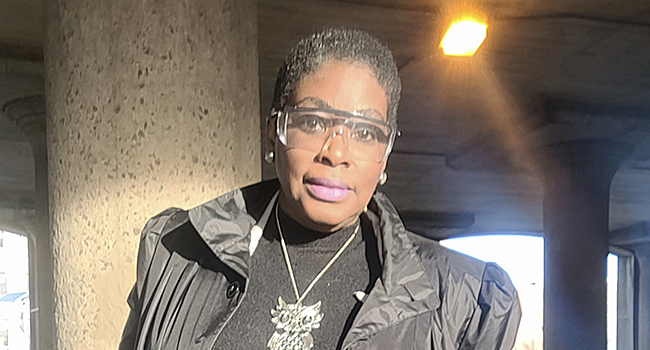
I’ve had a long history of dealing with constipation and walked around with a bloated belly for over 20 years. As a pre-diabetic with high cholesterol, I couldn’t go on not checking out my gut health.
The motivation to join a colonoscopy trial came from random scrolls on Instagram. It just so happened that two different studies were enrolling volunteers 45 and up.
One study required a blood draw, and the other a stool sample. Both trials required undergoing a colonoscopy. After I was given the authorization to get the procedure, I got scheduled to have it done in December.
I was excited and nervous the day before. The only foods I could eat were pudding and Jell-O, and could only drink water, tea, or coffee but nothing solid, or dyed red or purple to prep my colon. It took about six hours to drink the entire 4-liter bottle of a prescribed laxative/electrolyte solution; I also fasted the day of the procedure and was discharged from the hospital before noon.
The printout from the gastroenterologist revealed that there were internal and external hemorrhoids but there were no signs of polyps or other abnormal gut issues.
My compensation for completing both trials was sent to me by January 4, 2022. Getting paid was nice, but the biggest benefit of undergoing my first colonoscopy was seeing my bloated belly flatten. Even after getting a panniculectomy (a procedure where loose skin around the belly is removed ) exercising more, cutting back on certain foods, and eating about a plate of food per day, nothing had worked to change my midsection until I flushed out my colon.
Within four days after the procedure, my body shape changed for the first time in a long time. Getting the colonoscopy gave me the key on how to avoid the toxic buildup that could’ve led to developing colon cancer as I enter my next stage of life.
Clinical research is constantly advancing to help people get the results they need through traditional procedures, and even through home testing kits.
Healthy volunteers contribute so much to the clinical trial process. Unfortunately, the cost of living is higher now, and many people struggle to get adequate healthcare in order to make ends meet. So, it would be great if participants could get paid compensation based on the present cost of living.
The downside of being in some trials is that you might be randomly put with the placebo group or you don’t exactly match their criteria. You might have to hunt a little to find a trial that addresses your health issue(s) and there are a few trials that will get scrapped before or after they get started. Lastly, there is a health risk attached with certain clinical trials, and you’ll need to weigh the pros and cons of enrolling before signing the consent form.
Paying for medical expenses isn’t always easy. Participating in clinical trials has and does contribute toward me meeting my financial obligations better, and also helps me receive attentive care beyond what I would normally get at the doctor’s office.
If there’s ever a time when my health insurance refuses to cover my medical cost(s), I would still consider entering a clinical trial. It can offer hope and fill the gap for people like me seeking treatments to improve our quality of life.

